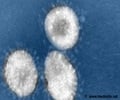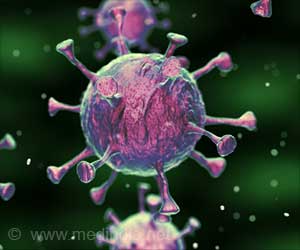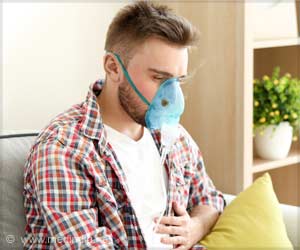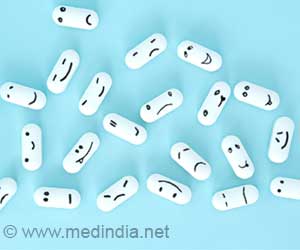A new study showed using vaporized hydrogen peroxide (VHP), a standard decontamination approach, maintained the function of N95 respirator on human subjects with up to 25 cycles of re-use.
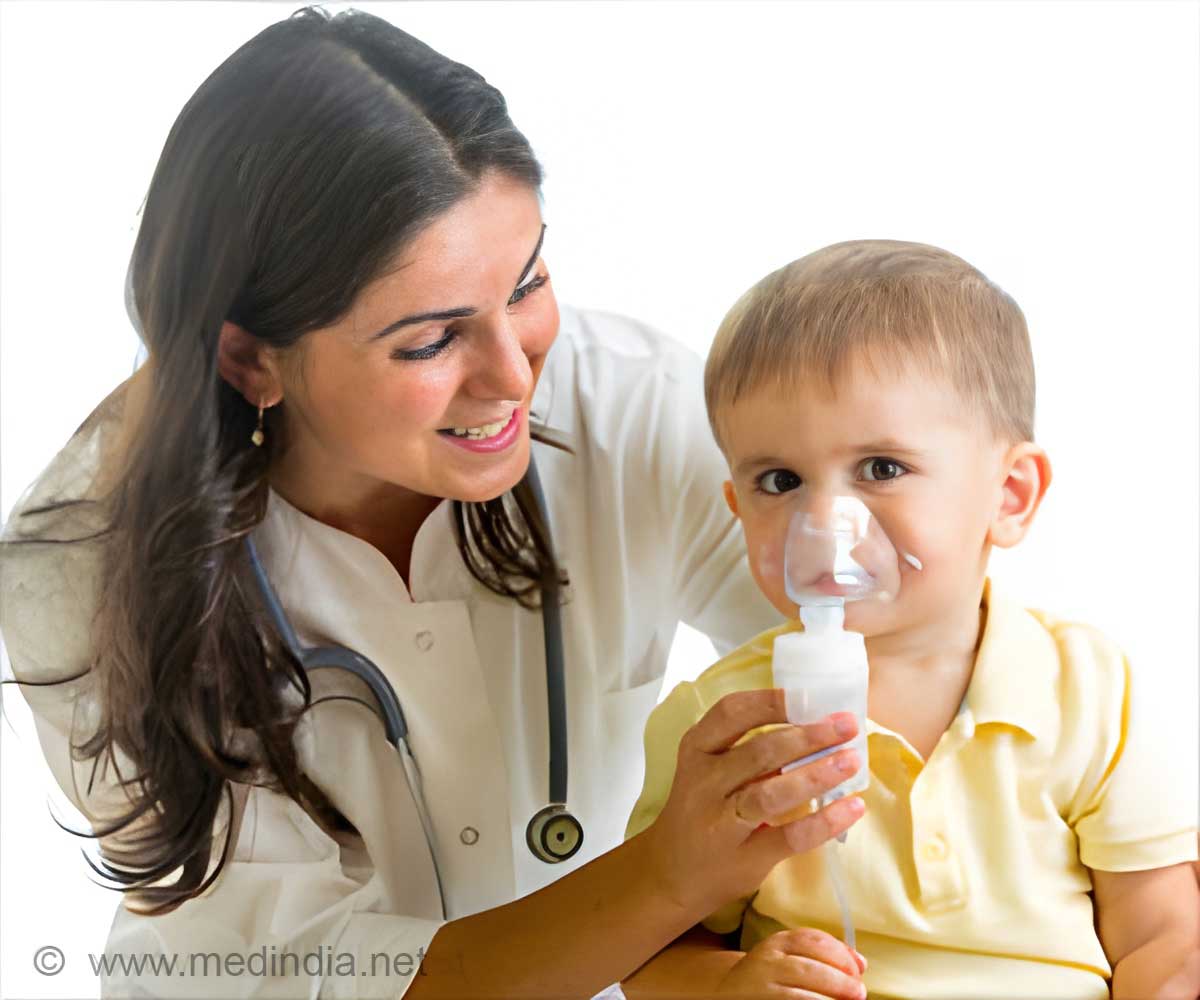
‘Investing in vaporized hydrogen peroxide capabilities could help to access the personal protective equipment during any future pandemic.’





During the COVID-19 pandemic, healthcare facilities experienced shortages of respirators, forcing personnel to re-use them or resort to less protective alternatives (e.g., facial masks).It is important that we now find ways to scale and translate this capability to smaller hospitals and resource-limited healthcare settings that could benefit just as much from this type of personal protective equipment reprocessing in future disaster scenarios.
Researchers used vaporized hydrogen peroxide (VHP) to serially decontaminate seven N95 respirators. After each VHP cycle, they conducted a series of qualitative and quantitative tests to evaluate both the function and effectiveness of the respirators on human subjects as compared to baseline.
These tests comprised a user seal check (performed by subjects donning and doffing the respirators), qualitative and quantitative respirator fit testing, and filtration efficiency testing, which assesses the ability of the respirator to filter out particles
Results showed that even after 25 decontamination cycles there were no alterations to respiratory integrity or filtration efficiency among the seven N95 respirators the researchers evaluated.
Advertisement
As compared to baseline filtration efficiencies of 99% for particles between 0.3-10 µm in diameter, filtration rates after VHP reprocessing cycles 20 and 25 for 0.3-10 diameter particles were 99.9% and 99.6%, respectively. These changes were not statistically significant.
Advertisement
The findings from this study are encouraging and valuable, particularly given the N95 respirator shortage we experienced during the COVID-19 pandemic.
Source-Medindia


